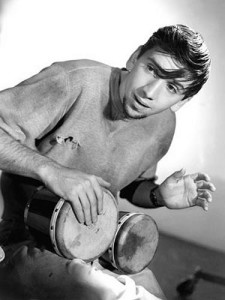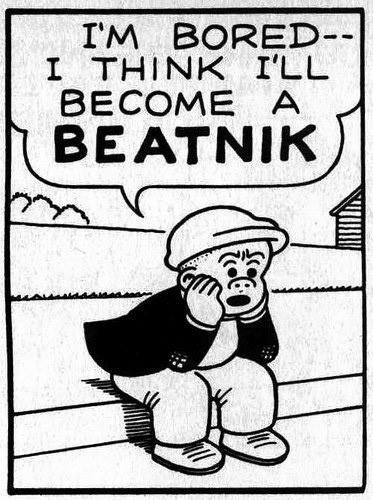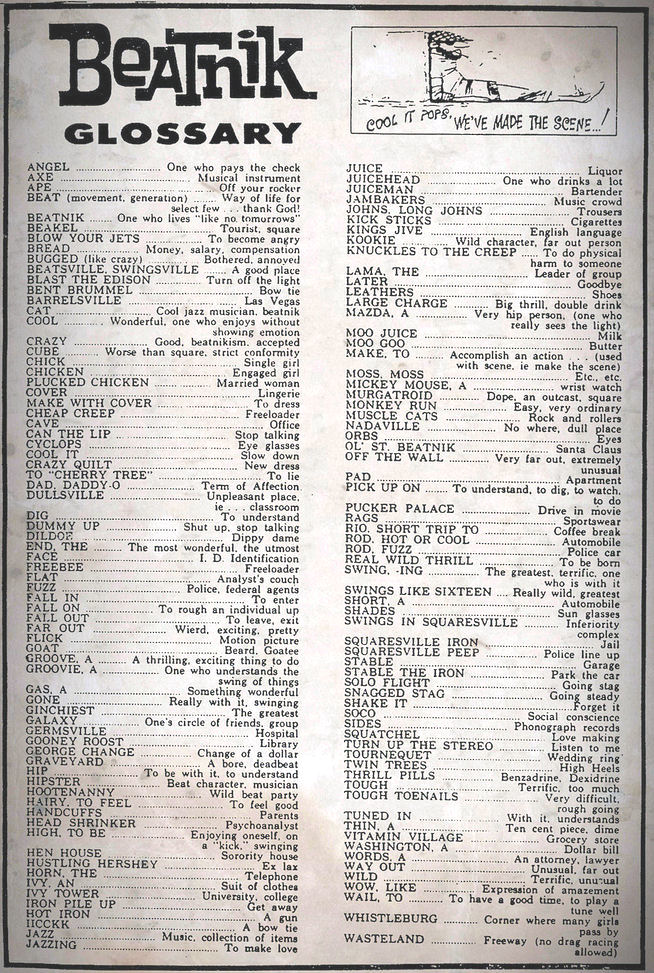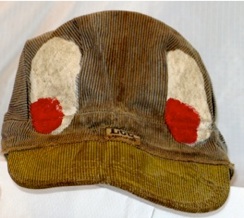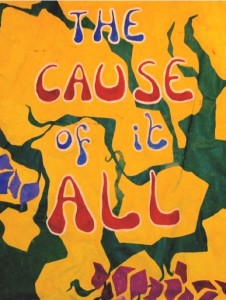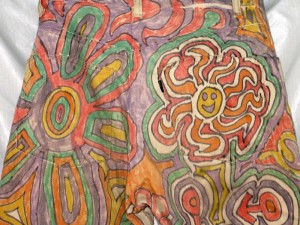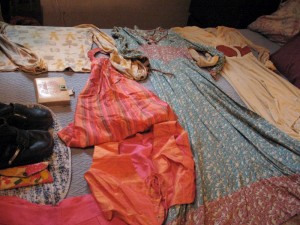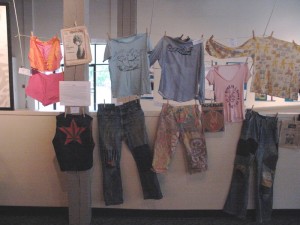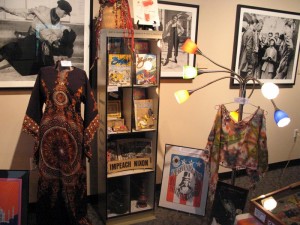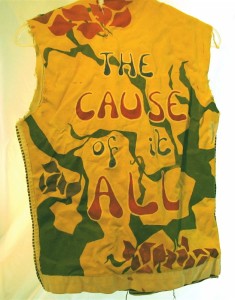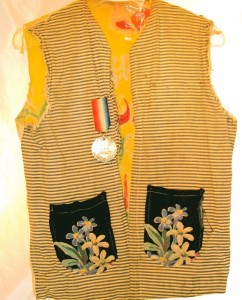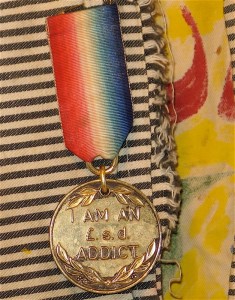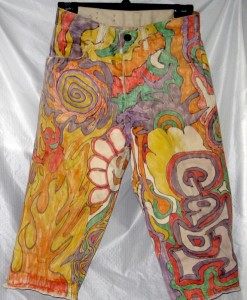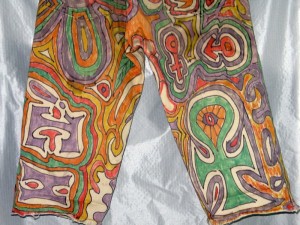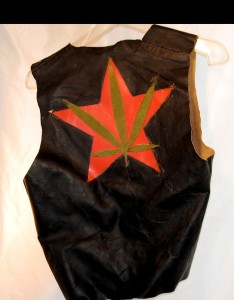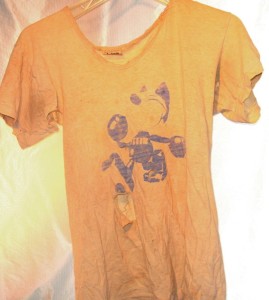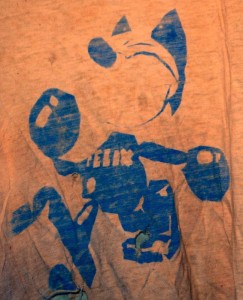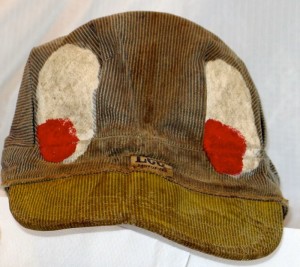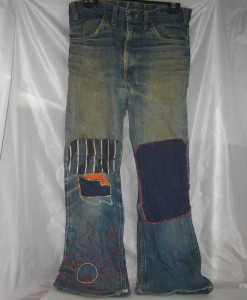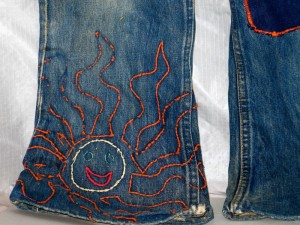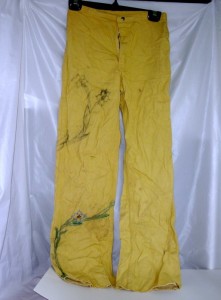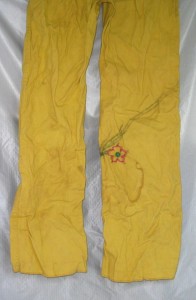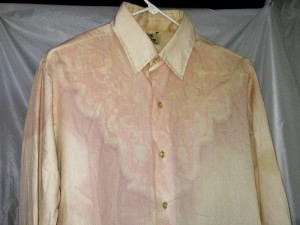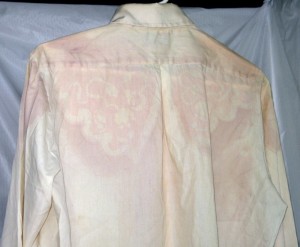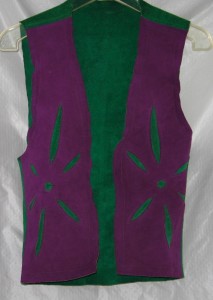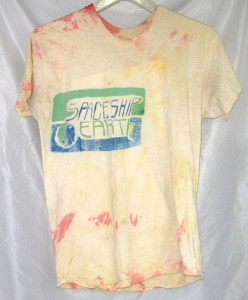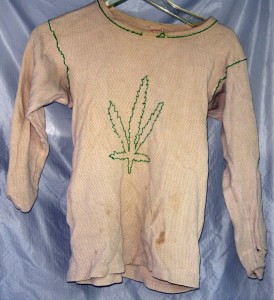Wikipedia says the following about beatniks. I feel it illustrates a thread in American outsider culture that continued with hippies.
“Life magazine, Charles Kuralt, and a host of other entertainers and journalists reduced Beatness to a set of superficial, silly externals which have stayed with us ever since: goatees, sunglasses, poetry readings, coffeehouses, slouches and “cool, man, cool” jargon. The only problem is there never were any beatniks in this sense (except, perhaps, for the media influenced imitators who came along late in the history of the movement).
Beat culture was a state of mind, not a matter of how you dressed or talked or where you lived. In fact, Beat culture was far from monolithic. It was many different, conflicting, shifting states of mind. [We need] … an attempt to move beyond the cultural clichés and slogans, to look past the Central Casting costumes, props, and jargon the mass media equated with Beatness, in order to do justice to its spirit.
Since 1958, the terms Beat Generation and Beat have been used to describe the anti-materialistic literary movement that began with Kerouac in 1948, stretching on into the 1960s. The Beat philosophy of antimaterialism and soul searching influenced 1960s musicians such as Bob Dylan, the early Pink Floyd and The Beatles.
At the time that the terms were coined, there was a trend amongst young college students to adopt the stereotype, with men wearing goatees and berets, rolling their own cigarettes and playing bongos. Fashions for women included black leotards and wearing their hair long, straight and unadorned in a rebellion against the middle class culture of beauty salons. Marijuana use was associated with the subculture, and during the 1950s, Aldous Huxley’s The Doors of Perception further influenced views on drugs.”
Thus was born the absurdist elements Dada-io.
